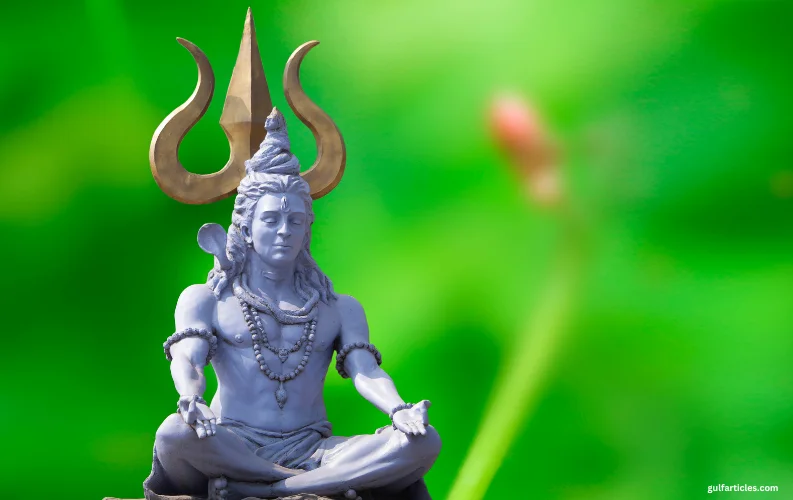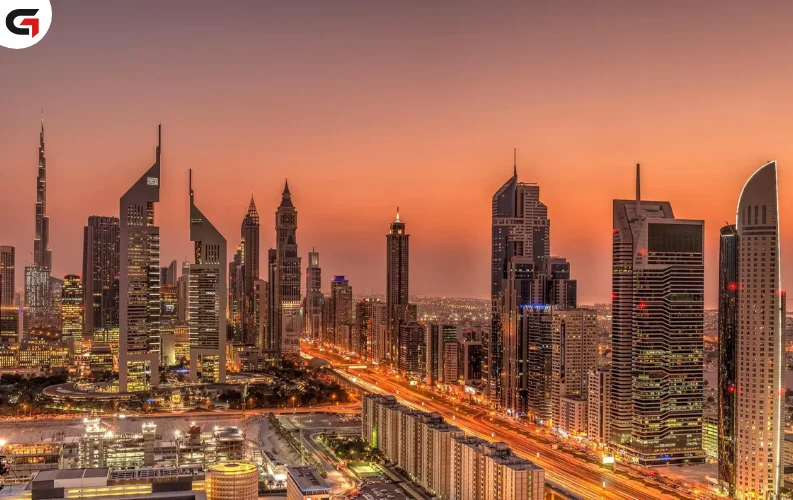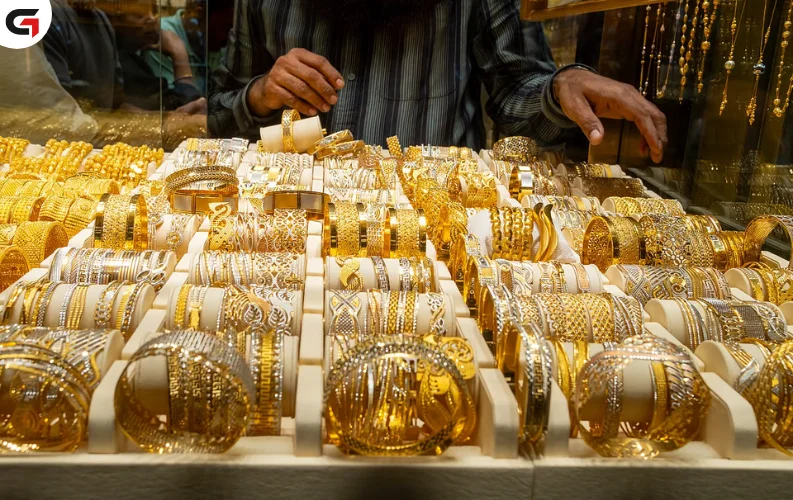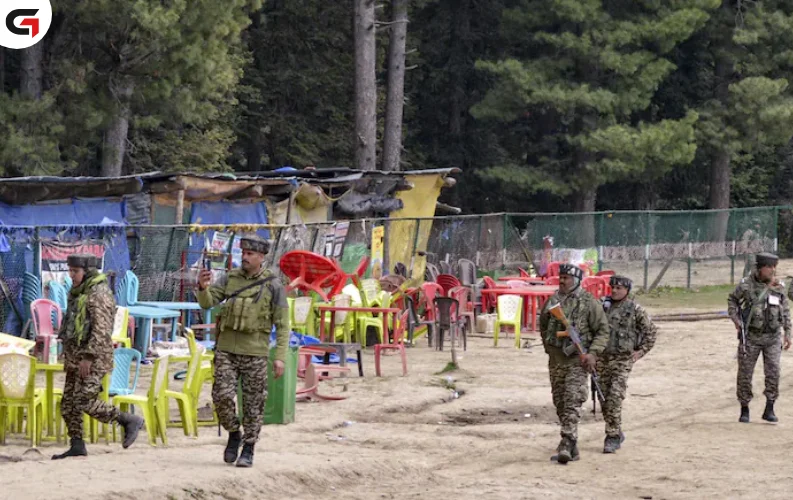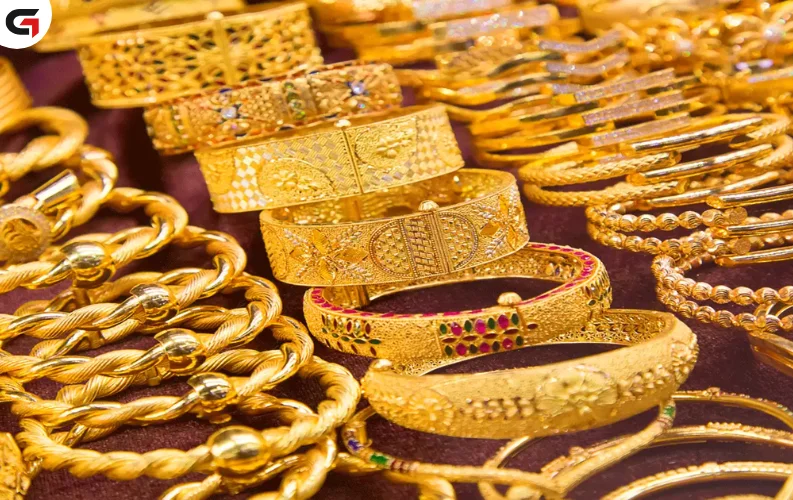Maha Shivratri, one of the most significant festivals in Hindu Dharma, is a night dedicated to the worship of Lord Shiva. Devotees across the world observe fasts, perform pujas, and chant sacred mantras in devotion to Mahadev. The festival marks the divine marriage of Lord Shiva and Goddess Parvati, symbolizing the union of the masculine and feminine energies of the universe. In 2025, Maha Shivratri will be celebrated with great reverence, and it is essential for devotees to know the correct date, shubh muhurat, and parana timings to observe the festival with spiritual essence.
Maha Shivratri 2025: Date and Timings
According to the Hindu lunar calendar, Maha Shivratri falls on the 14th night of the waning moon in the month of Phalguna (February-March). In 2025, the festival will be observed on February 26, 2025.
-
Chaturdashi Tithi Begins: 11:08 AM on February 26
-
Chaturdashi Tithi Ends: 8:54 AM on February 27
-
Nishita Kaal Puja Time: 12:09 AM to 12:59 AM, February 27
-
Shivratri Parana (Breaking the Fast) Time: 6:48 AM to 8:54 AM, February 27
-
Ratri First Prahar Puja Time: 6:19 PM to 9:26 PM, February 26
-
Ratri Second Prahar Puja Time: 9:26 PM to 12:34 AM, February 27
-
Ratri Third Prahar Puja Time: 12:34 AM to 3:41 AM, February 27
-
Ratri Fourth Prahar Puja Time: 3:41 AM to 6:48 AM, February 27
Religious and Spiritual Significance of Maha Shivratri
Maha Shivratri is a night of devotion, penance, and spiritual awakening. According to Hindu scriptures, the festival holds multiple significances:
-
It marks the divine marriage of Lord Shiva and Goddess Parvati, celebrating the union of their cosmic energies.
-
It is the night when Shiva performed the Tandava, the dance of creation, preservation, and destruction.
-
Observing fasts, meditating, and chanting ‘Om Namah Shivaya’ on this auspicious night helps devotees attain spiritual enlightenment and cleanse past karma.
-
It is believed that worshiping Lord Shiva on this day grants moksha (liberation) from the cycle of birth and death.
Rituals and Traditions of Maha Shivratri
Devotees celebrate Maha Shivratri with great devotion. Some of the important traditions followed include:
Observing a Strict Fast (Vrat)
-
Many devotees keep a nirjala vrat (fast without water) as a mark of their devotion and self-discipline.
-
Some observe a phalahar vrat, consuming only fruits and milk.
-
The fast is broken on the next morning after offering prayers to Lord Shiva.
Community Temple Visits and Virtual Celebrations
-
Devotees visit Hindu temples where special pujas and celebrations are held.
-
In regions where temple access is limited, devotees participate in virtual Shiva bhajans and discourses.
Performing Rudrabhishek at Home
-
Devotees perform Rudrabhishek, the sacred bathing of the Shiva Lingam with water, milk, honey, curd, and ghee at home.
-
Bilva leaves (Bel Patra) are offered, as they are considered highly sacred in Shiva worship.
-
Flowers, incense sticks, and lamps are lit to honor the deity.
Chanting of Mantras and Bhajans
-
Devotees chant ‘Om Namah Shivaya’, Mahamrityunjaya Mantra, and other Shiva Stotras throughout the night.
-
Community bhajan gatherings are organized by Hindu groups.
Observing Jagran (Night Vigil)
-
Devotees stay awake all night, engaging in devotional activities and meditation.
-
It is believed that staying awake symbolizes the triumph of light (knowledge) over darkness (ignorance).
Offering Prasadam and Charity
-
Offerings such as panchamrit (a mixture of milk, honey, curd, ghee, and sugar) and fruits are made to Lord Shiva.
-
Donations and food distribution (Annadanam) are performed to help the needy through Hindu organizations.
Significance of Worshiping Lord Shiva on Maha Shivratri
-
Worshiping Lord Shiva on this day helps devotees overcome difficulties and attain peace and prosperity.
-
Married women pray for the well-being and longevity of their husbands, while unmarried women seek a suitable life partner.
-
The festival is also associated with spiritual elevation, as meditating on Lord Shiva’s formless presence can lead to self-realization and liberation from the cycle of birth and death.
Conclusion
Maha Shivratri 2025 is a divine opportunity to immerse oneself in devotion and seek the blessings of Lord Shiva. Devotees can celebrate this festival with enthusiasm by following the sacred rituals, observing fasts, and performing puja at the correct shubh muhurat. Whether through temple visits, virtual bhajans, or personal home pujas, the spirit of Maha Shivratri remains alive and vibrant. May this Maha Shivratri bring peace, prosperity, and fulfillment in the lives of all devotees. Har Har Mahadev!
You may also like:-



